Unveiling the Mystery of Yunnan's Mali Masa People
Unveiling the mystery of the Mali Masa people in Yunnan, they possess their own unique culture and language, with only 2000 individuals worldwide.
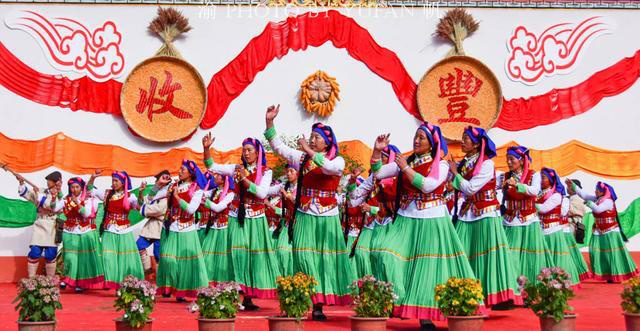
At the harvest festival in Weixi, Yunnan, Yu Fan first encountered the legendary Mali Masa people. They are an ethnic group residing in Tacheng Town, Weixi County, Diqing Prefecture, Yunnan Province, numbering approximately 2000. They have their own language and culture. However, during the ethnic identification process in the 1950s, the Mali Masa people were classified as a branch of the Naxi ethnic group. They are mainly concentrated in several natural villages, including Gaogu and Haini in Haini Administrative Village, Tacheng Town, Weixi County, and Guanliluo, Xin Village, and Ruke in Kona Administrative Village. "Mali Masa" means "the prey doesn't escape, the hunter doesn't die," a blessing given by parents to their children when they leave home to hunt. The Mali Masa people are a small minority group on the border, gradually attracting external attention in recent years.
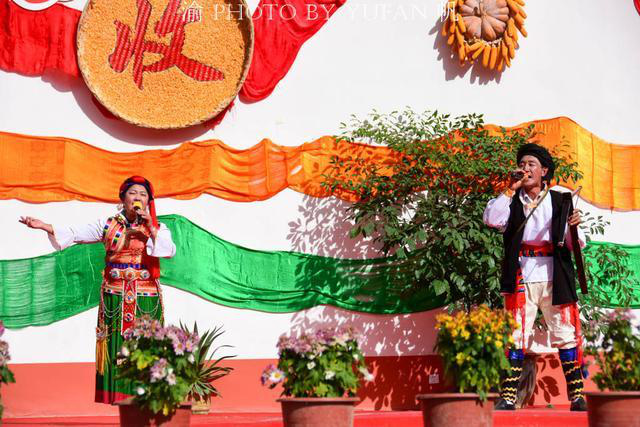
At that day's celebration, the Mali Masa people performed two programs: one was the Mali Masa song "The Creation of Heaven and Earth" sung by He Minghui and Mu Liying; the other was the "Mali Masa Dance" organized by Haini Village, Tacheng Town.
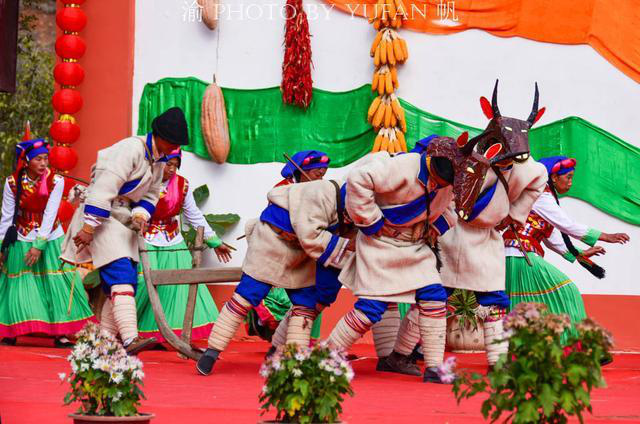
After the celebration, Yu Fan had a brief chat with He Minghui, a famous Mali Masa singer. He explained some basic information about the Mali Masa people. He said that Lisu, Tibetan, Naxi, Yi, and Han people live in their area. Due to the need for communication, each of them can speak four or five different languages. When communicating with the Lisu people, they speak the Lisu language; when communicating with the Tibetans, they speak Tibetan; when communicating with the Yi people, they speak the Yi language; and when communicating with the Han people, they can also speak Chinese. However, when communicating among themselves, they speak their own Mali Masa language.
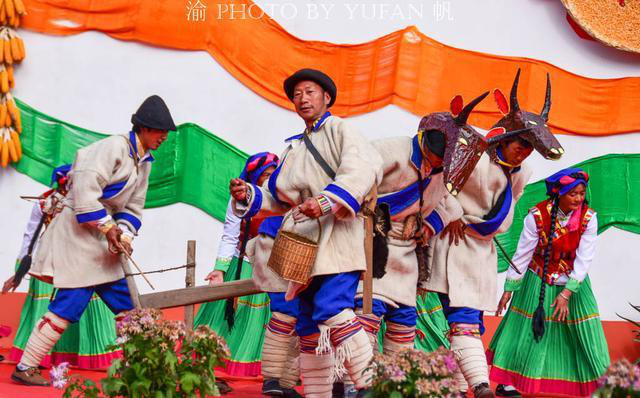
The origin of the "Mali Masa people" remains a mystery. Some scholars believe they belong to a branch of the Naxi ethnic group due to similarities in language and customs. Most of them have the surname "He," a major surname among the Naxi people. Official household registration statistics also classify them as Naxi.
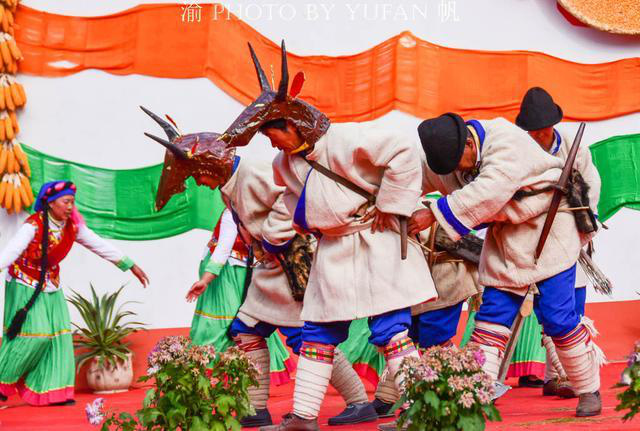
However, some believe they are descendants of the Mosuo people, as "Mali Masa" sounds similar to "Mosuo people between heaven and earth".
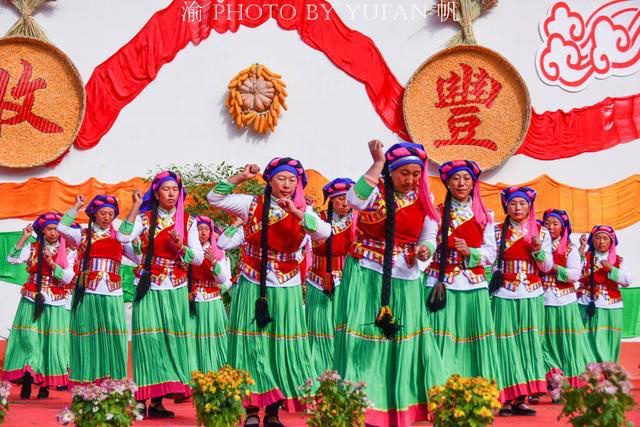
Some even believe they are descendants of the Qiang people, migrating from western Sichuan.
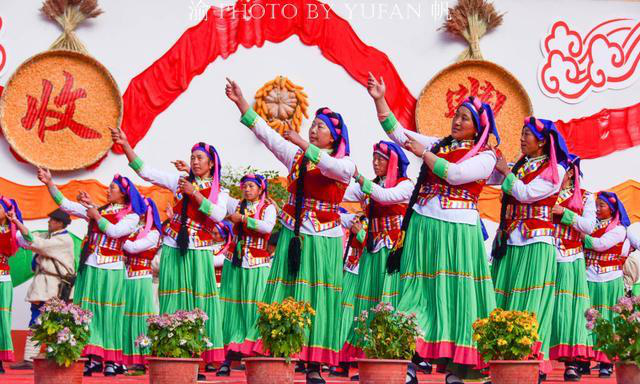
It is said that the "Mali Masa" Elderly Association in Kona Village has also studied its origins, compiling materials based on folklore. According to legend, the ancestors of the "Mali Masa people" were the grandson of the North Pole Old Man, who came to Weixi to hunt and lived in the "ape-man cave" on the cliff by the Lapu River.
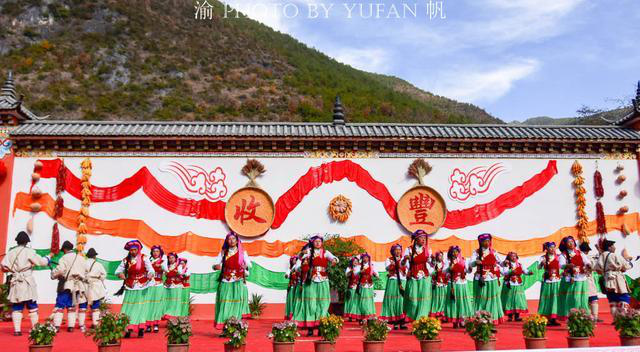
That "ape-man cave" is known as the Gordon Site in archaeology, proving that humans lived and reproduced in Diqing during the Neolithic period. It is of great value for studying the connection between the Neolithic culture of the Three Parallel Rivers region and the culture of other regions of China during the same period.
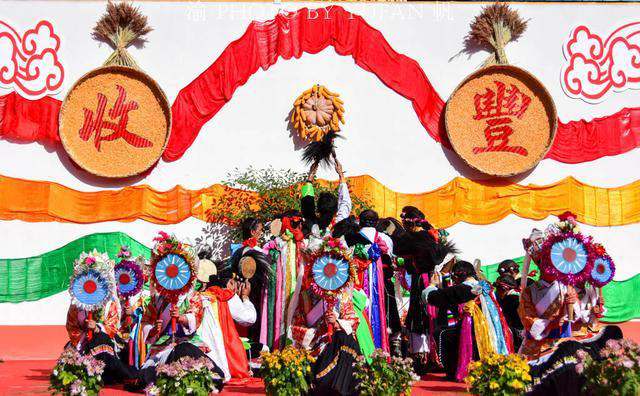
The "Mali Masa people" have not only created their own language and clothing in their long-term production and life practices but also their own primitive religion and nature worship. Every year, they worship mountain gods, praying for good harvests and abundant crops. They also have their own "Masa Festival," held in the first and sixth lunar months. They wear clothes with characteristics of both Tibetan and Naxi costumes, dance, exorcise evil spirits, and offer sacrifices of food made from herbs, fish, rice, and milk, praying for health, longevity, and good harvests.
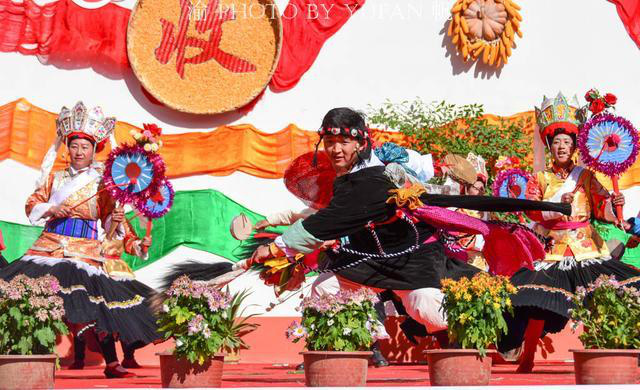
In addition to their own festivals, due to the coexistence and integration of different ethnic groups, the "Mali Masa people" have more festivals and sacrificial activities than other ethnic groups. Tibetan Buddhism, the Naxi Dongba religion, and the primitive religion of the "Mali Masa people" coexist harmoniously in their villages: Tibetan Buddhist prayer flags flutter in the wind, and the "Mali Masa people" burn incense and pray before mani piles; Naxi religious activities such as "Se'en" and "Chongba Bie," as well as the Yi "Torch Festival," are also celebrated by them.
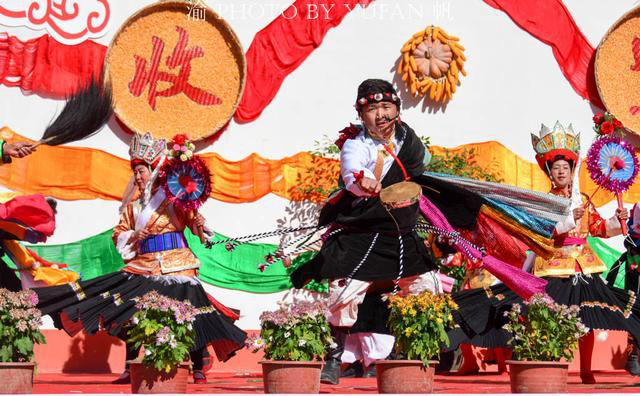
Li Jian Sheng, director of the Weixi Tourism Bureau, who was with us, introduced that the "Mali Masa people" are diligent and enthusiastic. Their main source of income is planting corn and rice, and some young people also work outside. In addition, the wild orchids dug from the mountains by the villagers are famous far and wide, with some orchids selling for tens of thousands of yuan per plant. In recent years, their living standards have greatly improved with the help of the government, with infrastructure such as water, electricity, roads, and communications improved, and they enjoy rural cooperative medical care, pensions, free compulsory education, and subsidies for highland farmers and herdsmen.
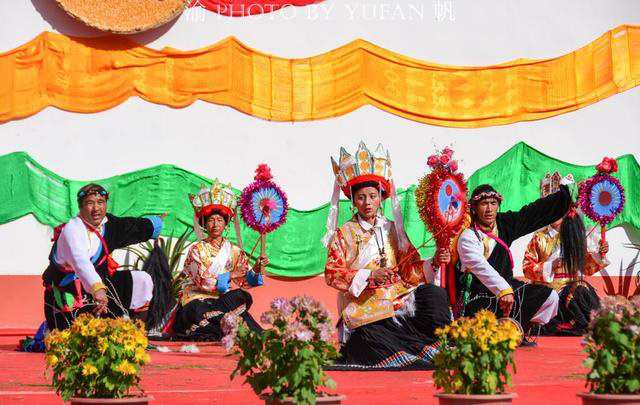
Director Li said that the Mali Masa people are good at singing and dancing, and their songs and dances have two sources: firstly, imitating birds and animals; secondly, originating from productive labor. In the Lapu River area, certain animals often display their beauty with pleasant sounds and graceful movements during the breeding season to attract the opposite sex. When the Mali Masa ancestors hunted in the forest, they were often attracted by the beautiful sounds and postures of these animals, and they tried to imitate them, thus forming the early form of Mali Masa songs and dances.

The early form of Mali Masa songs and dances originated from the imitation of animal sounds and postures by their ancestors, while modern Mali Masa songs and dances are more derived from productive labor. In the past, Mali Masa people usually worked together collectively. In the process of rhythmic labor, in order to coordinate body movements and the speed of work, behaviors similar to dancing and singing often appeared. People gradually experienced the beauty of dance and music and began to consciously create songs and dances.
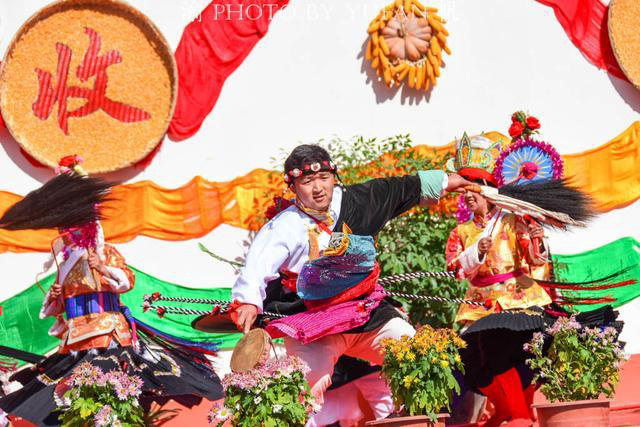
With the development of society, the livelihood of the Mali Masa people gradually shifted from hunting to planting and animal husbandry, and songs reflecting the grain production and harvest at that time emerged, such as plowing songs, transplanting songs, woodcutting songs, chestnut picking songs, grain threshing songs, and harvest songs.
The Mali Masa people almost became China's 57th ethnic group, but because they are similar to the Naxi people in many aspects, they were classified as a branch of the Naxi people. Previously little known, they have gradually attracted social attention, and their culture and songs and dances are slowly entering people's field of vision. Finally, the question is, have you ever heard of the Mali Masa people?
Previous page:
Next page:

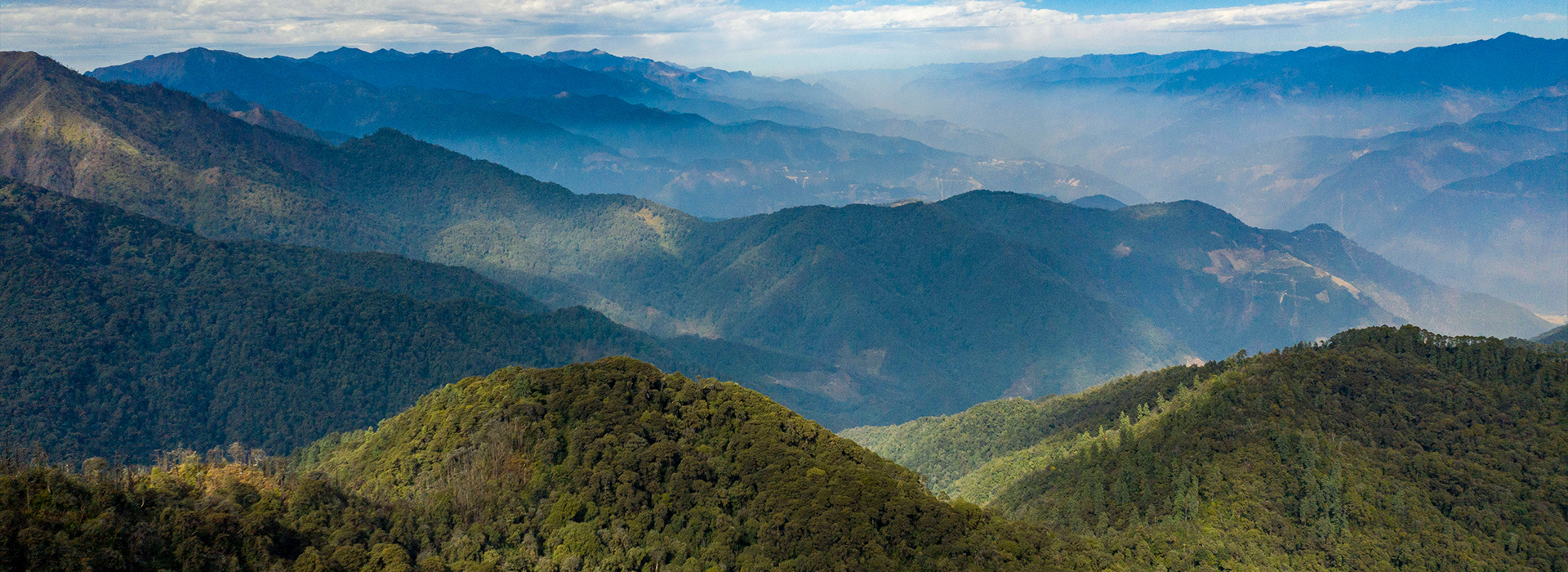


 Wechat Official Account
Wechat Official Account